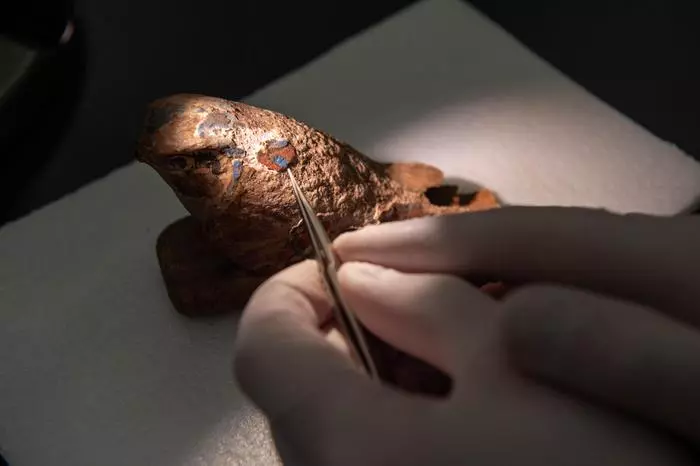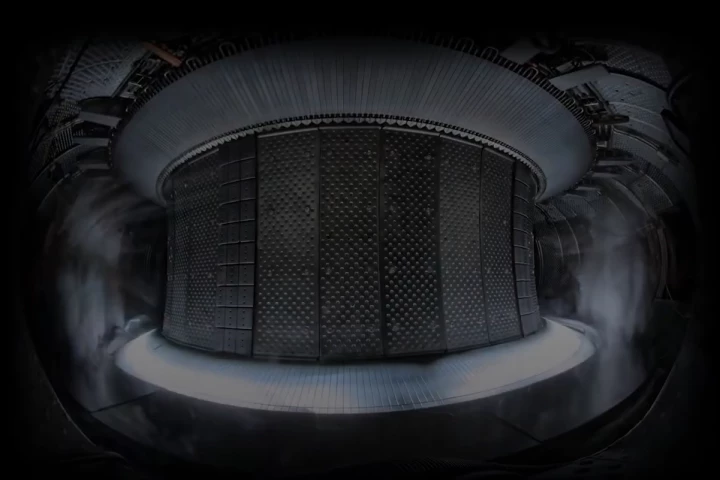Ancient Egyptians were not only masters of architecture – they also were the original wizards of synthetic chemistry. Around 5,000 years ago, they crafted the world’s first synthetic pigment, Egyptian blue, which exhibits a range of hues from deep blue to gray or green.
From painting woods and stones to smearing amulets and beads, Egyptian blue was often traded for high-priced gems like turquoise and lapis lazuli. The technique for making Egyptian Blue was also later adopted, and extensively used, by Romans, and its use continued until the end of the Roman Empire. Following the fall of the Roman Empire, the knowledge of how to produce Egyptian blue was lost to history.
Recently, there has been a renewed scientific focus in discovering the properties of Egyptian blue, not just for archaeological preservation, but for its interesting biological and magnetic properties. The unique pigment emits near-infrared light, invisible to the naked human eye, making it a promising material for advanced technologies such as fingerprint detection and anti-counterfeit inks.
In efforts to recreate this ancient material, researchers at Washington State University compiled a list of potential materials used to craft Egyptian blue. The team experimented with materials like silicon dioxide, copper, calcium, and sodium carbonate, and devised 12 distinct recipes for the pigment.

Researchers heated the mixture of raw materials at 1,000 °C (1,832 °F) for up to 11 hours. After cooling, the resultant solid was ground into powder to produce the final pigment. The synthesized material was then studied and compared with its ancient counterpart using modern microscopy and analysis techniques like X-ray diffraction, electron microscopy, Raman spectroscopy, and nano-computed tomography.
They found that the ancient pigment is not a single pure substance, but a multi-phase mixture. The team also discovered that the choice of raw materials, particle size, heating time, and cooling rate determine the final color. For instance, coarse grains with longer heating and slower cooling imparted a deep blue color, while finer particles or quick cooling resulted in duller hues, such as gray or green.
“We hope this will be a good case study of what science can bring to the study of our human past," said John McCloy, lead author of the study. "The work is meant to highlight how modern science reveals hidden stories in ancient Egyptian objects.”
“It doesn’t matter what the rest of it is, which was really quite surprising to us," added McCloy. "You can see that every single pigment particle has a bunch of stuff in it – it’s not uniform by any means.”
The lab-made samples are now displayed at the Carnegie Museum of Natural History in Pittsburgh, Pennsylvania. This experiment is a part of the “Stories We Keep Exhibition” program that highlights how modern science continues to uncover the mysteries of ancient civilizations.
The study has been published in Npj Heritage Science.
Source: Washington State University





